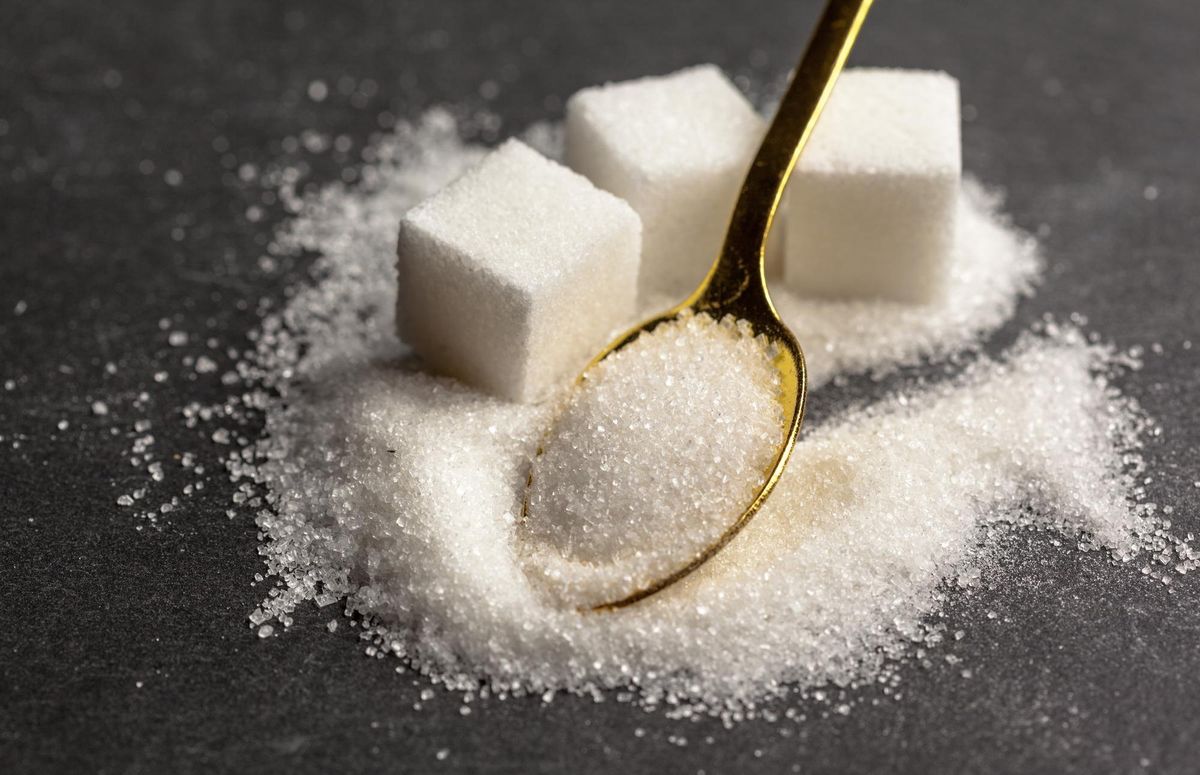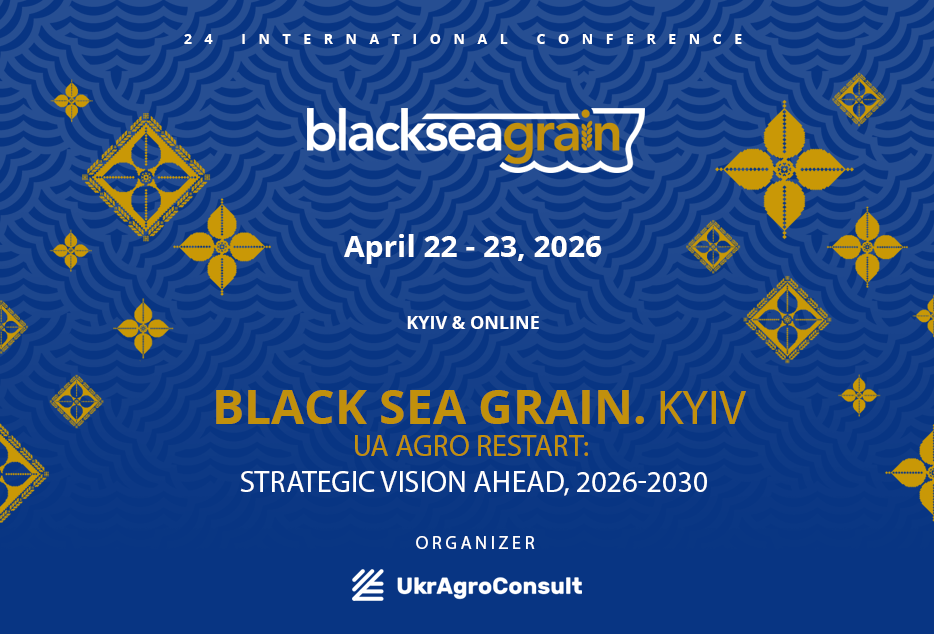
7 January, 2026 at 16:01
Ukrainian sugar: Is there real export upside in 2025/26
Read more

7 January, 2026 at 13:01
Ukraine. Grain exports in the first half of the 2025/26 season. Is there room for price optimism?
Read more

7 January, 2026 at 11:01
Ukraine. Sunflower market on the turn of 2026
Read more

6 January, 2026 at 16:01
Registration for BLACK SEA GRAIN.KYIV goes on - join with Early Ticket by Jan 31!
Read more

30 December, 2025 at 12:12
Bulgaria Grains Market S&D, 2025/26
Read more

24 December, 2025 at 12:12
Merry Christmas and Happy New Year!
Read more

24 December, 2025 at 12:12
Kazakhstan. 2024/25 season and 2025/26 MY outlook
Read more

23 December, 2025 at 17:12
Bulgaria. Rapeseed market. Current situation
Read more

16 December, 2025 at 14:12
Oilseed export regulation: 2025/26 season changes the rules for rapeseed and soy
Read more

10 December, 2025 at 11:12
War-Risk Premiums (EWRI): Updated Market View
Read more

9 December, 2025 at 15:12
Romania remains an important oilseed supplier for the EU-27 and for 3rd countries
Read more

5 December, 2025 at 10:12
Crop & Price Navigator 2026/27: Black Sea and Danube. Forecast
Read more


